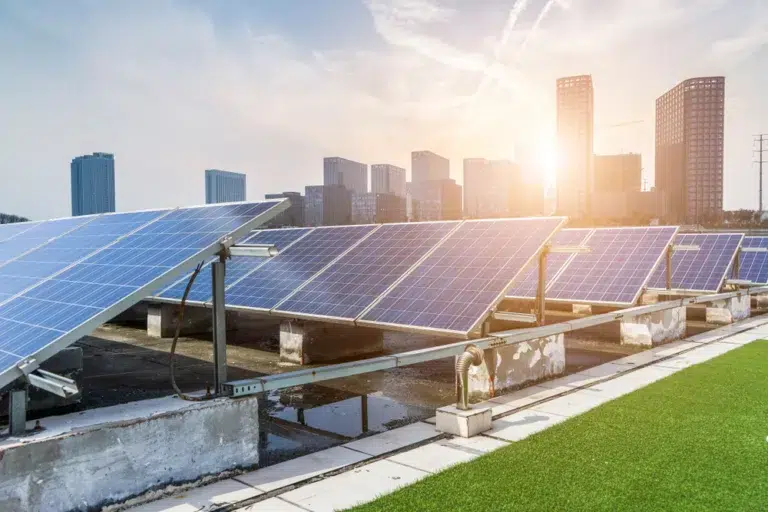Climate champions gather to assess and encourage improved sustainability efforts
This article is based on the Chaiperson’s Keynote at the PropertyGuru Asia Real Estate Summit originally presented on 3 December 2020.
We asked the question: “What are you doing?” and so many answered. In unison, everyone said they wanted to do more, they shared their activities, achievements, and lessons learned. There is so much that can and must be done.
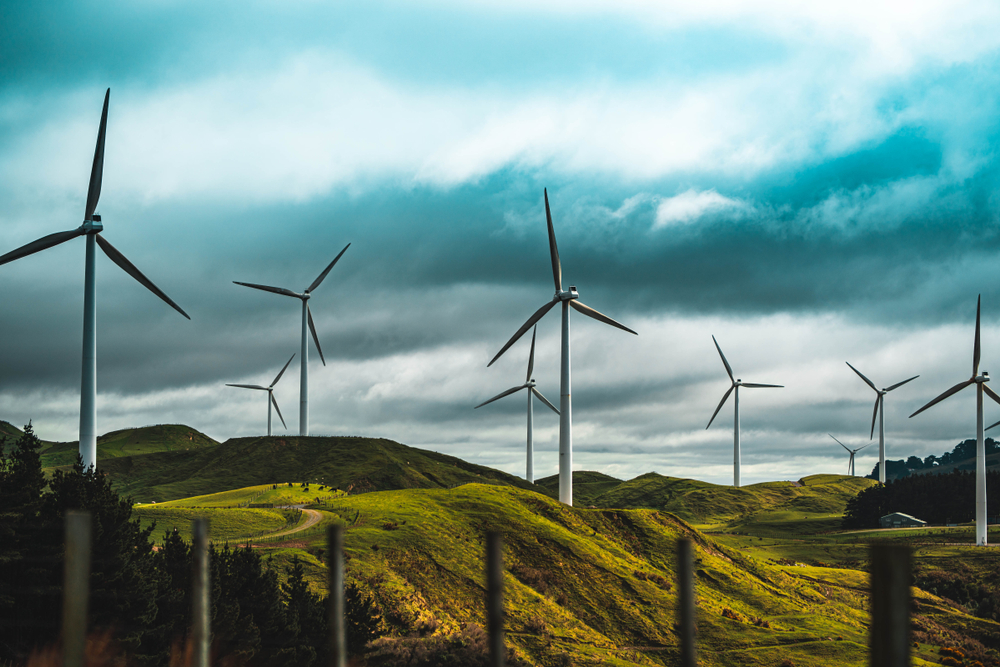
When I spoke at the PropertyGuru Asia Real Estate Summit 2020, the themes focused on the four pillars of sustainability: environment, human, social, and economic. It brought together thousands of delegates from Mainland China, Hong Kong, Macau, Japan, India, Sri Lanka, Myanmar, Thailand, Cambodia, Malaysia, Vietnam, Indonesia, Singapore, the Philippines, and Australia to examine our region’s sustainability status – where we are succeeding and where we are not.
Speakers came from all over the world, including the International Finance Corporation/World Bank Group,
The Economist, major corporations such as IKEA and Microsoft, leading real estate developers, and other property leaders and professionals.
Together, these prominent figures agree that sustainability is a cause of global concern, but it is also being recognised as a platform for core business focus, progress, and profitability.
CO2 levels, a direct and indirect measure of environmental sustainability
There has been a lot of attention and discussion about sustainability, but what is really happening?
If, as an indicator, we focus on the CO2 increases over the past three decades, clearly not enough is being achieved.
The Intergovernmental Panel on Climate Change (IPCC) was formed over 32 years ago in 1988. Governments, communities, organisations, and individuals have discussed, debated, and strived to make a difference.
In all that time, what has really been the outcome?
Certainly, the rate of CO2 level increase since then has been much lower than they would have been, and that is positive.
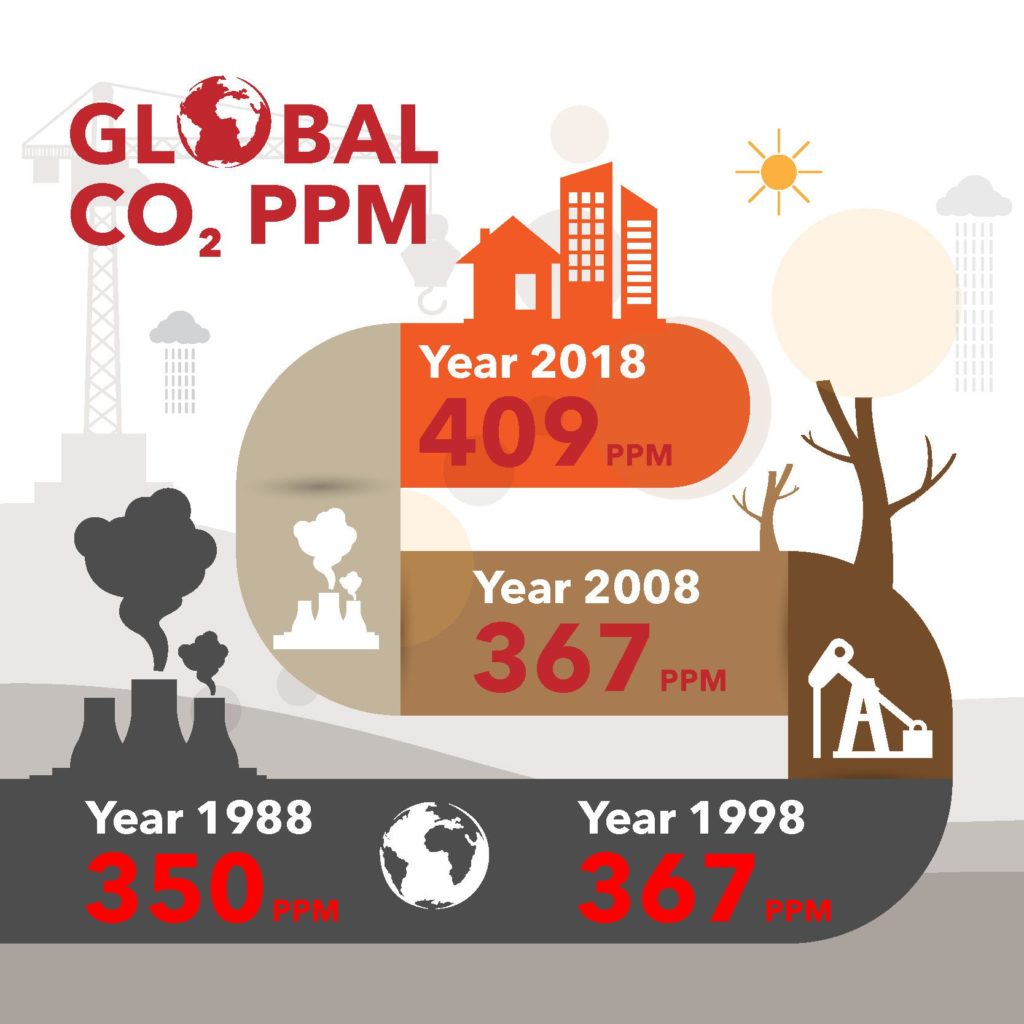
However, there has been no reduction to overall CO2 levels. The baseline levels have kept increasing.
In 1988 when the IPCC was formed, the CO2-baseline-level was 350 parts per million (ppm).
10 years later in 1998, the CO2-baseline-level increased by 5 percent to 367 ppm.
10 years further in 2008, the CO2-baseline-level increased another 5 percent to 386 ppm.
Another 10 years more, in 2018, the CO2-baseline-level increased by 6 percent to 409 ppm.
The future projections for CO2 emissions vary greatly, but our history on CO2 emissions have been clearly recorded.
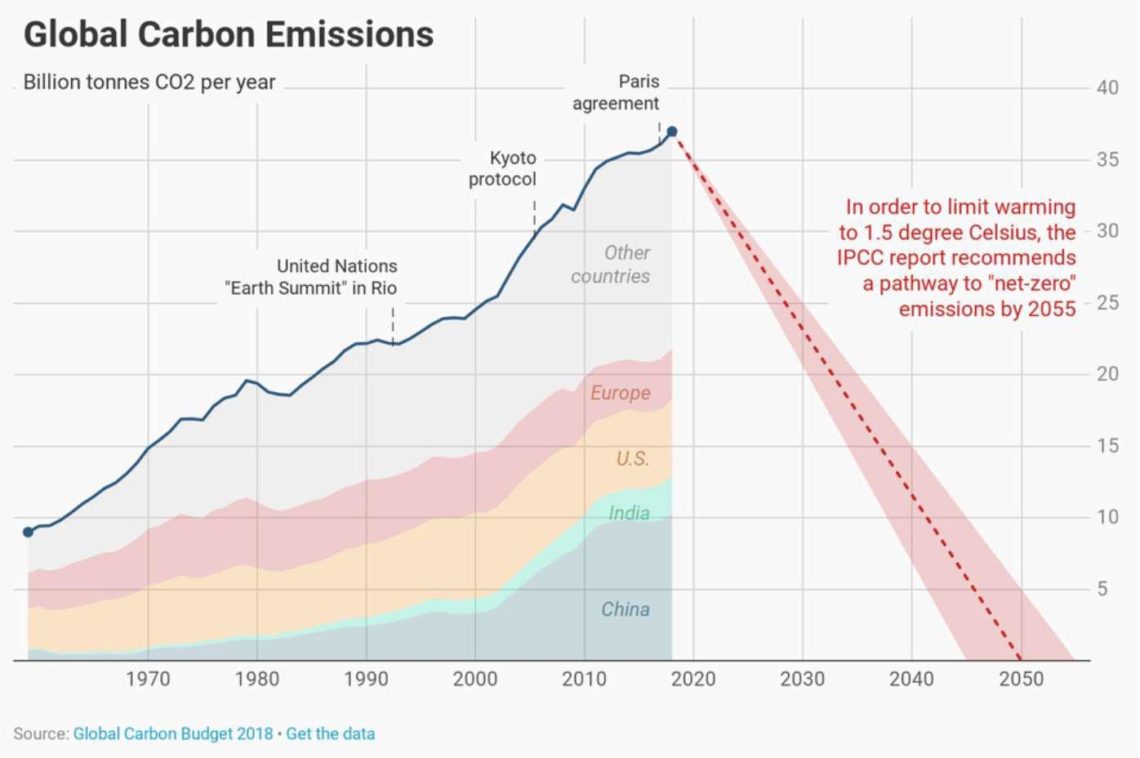
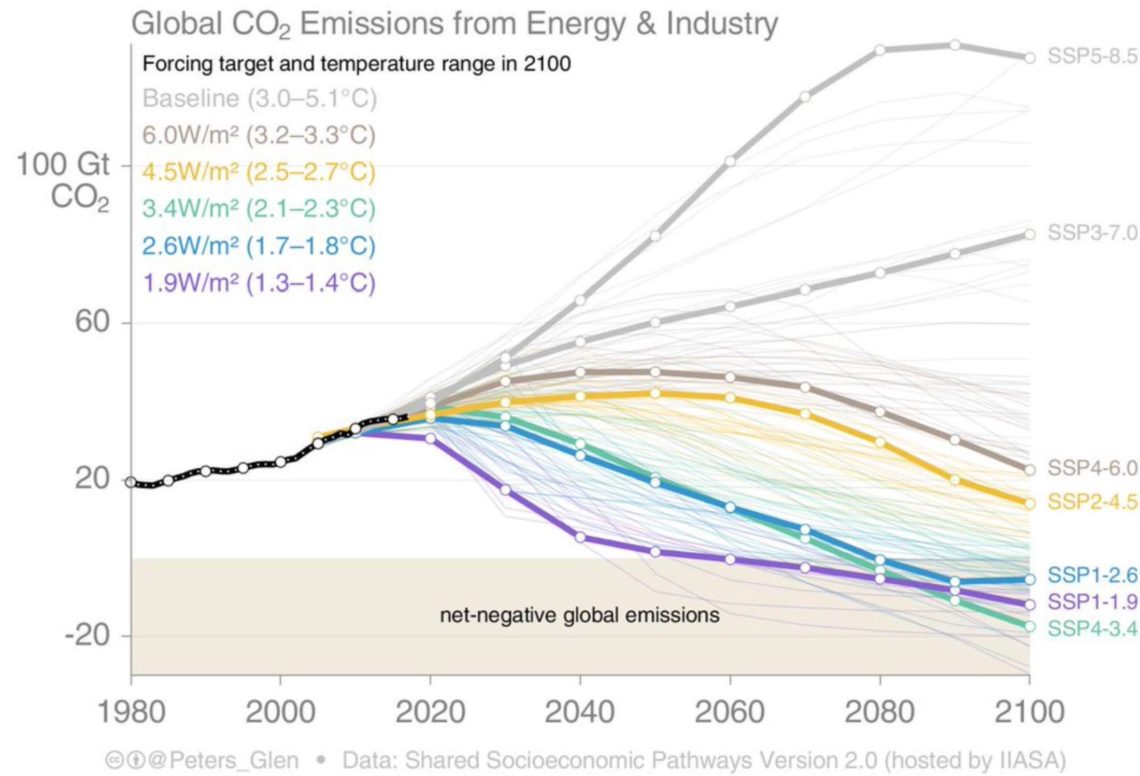
All historical data shows a continual increase in carbon emission and CO2 ppm. All projections looking forward are potential scenarios and they are all a call for urgent action.
The answer to what is happening? is clearly not enough. The threshold we have finally crossed is that the extent and veracity of so much environmental sustainability data and analysis has been accepted as a clear call-to-action globally.
Contribution of the real estate sector
The contribution of the built environment to the world’s lack of sustainability is highly significant. Carbon emissions and CO2 levels are a direct measure to climate change concerns. They are also an indirect measure of the levels of pollution, inefficiency, waste, and so much more that needs to be addressed to achieve a sustainable future.
Anthropogenic carbon emissions – the emissions caused by human activity – significantly come from our real estate sector. It is estimated that nearly 40 percent of all carbon emissions result from the built environment.
With more and more urban migration occurring, a reduction in people earning below a living wage, and an increase in middle-income populations, the rate of real estate development is set to keep increasing exponentially. It is estimated that the number of buildings in the entire world will double in the next 40 years.
These staggering levels of additional building area are an enormous challenge in terms of carbon emissions and achieving environmental sustainability. It is a challenge we must accept in-balance across all four pillars of sustainability.
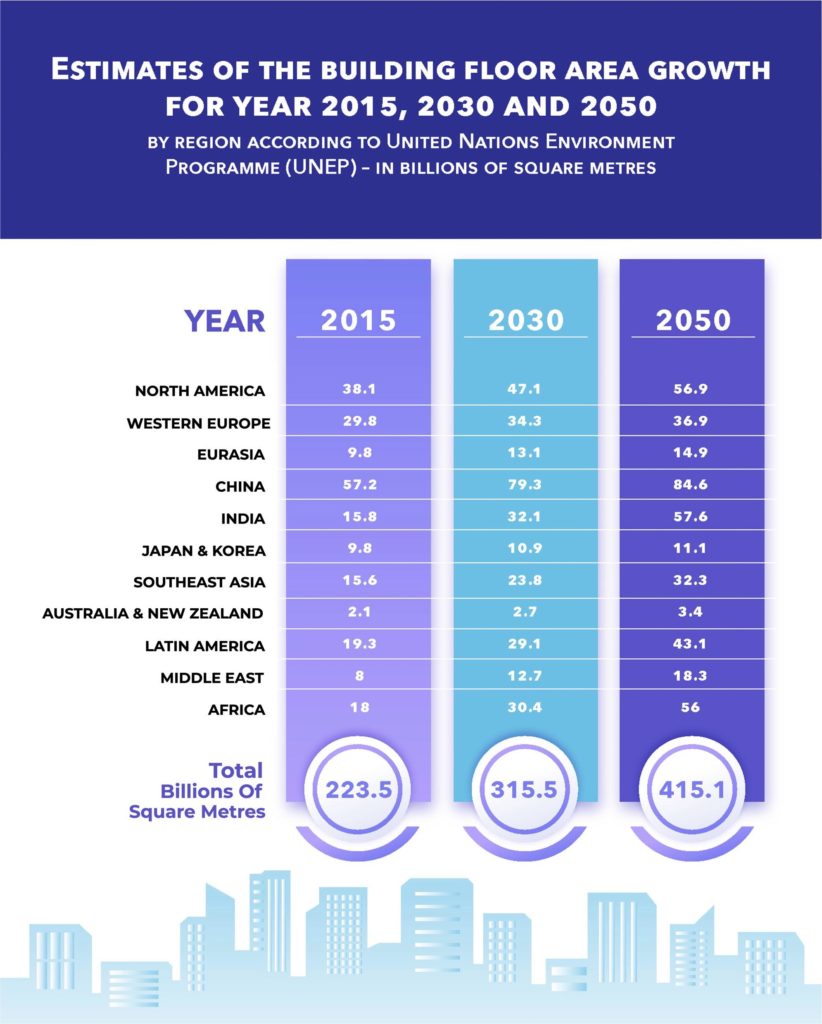
Human and social sustainability
There are calls to reduce the amount of new building – this is an incorrect view.
Over the coming decades, the significant increases in real estate development reflect a rise in the quality of life for billions of people and this is something to celebrate.
This is further compounded by the concentration of people in cities.
Urban migration is occurring globally. It may reduce, but it will not stop. The pursuit of a better life in all countries is a right and environmentally, we must accept these challenges.
The world’s population rapidly approaches eight billion people, yet the population growth rate over recent decades has been reducing. Population growth is now approximately one percent per year.
Clearly, the rates of CO2 increases globally in recent decades, at five percent or greater per year, reflects so much more than the baseline population growth rates.
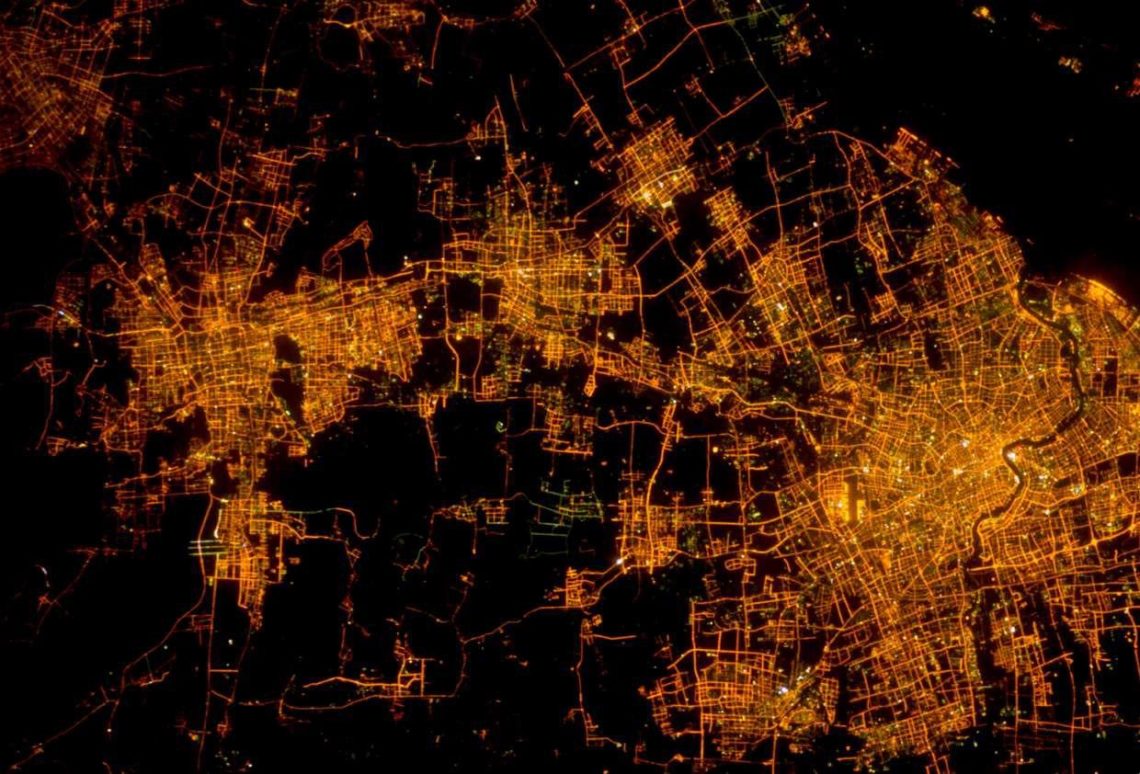
The Summit covered a vast array of the sustainability pillars in detail; however, this article only enables briefest of mentions.
At the highest macro level, from the human and social sustainability perspectives, the increases in global population, the intensive migration to cities (with access to facilities, better healthcare, etc.), and the rates of real estate development reflect societies that live longer, happier, and heathier lives.
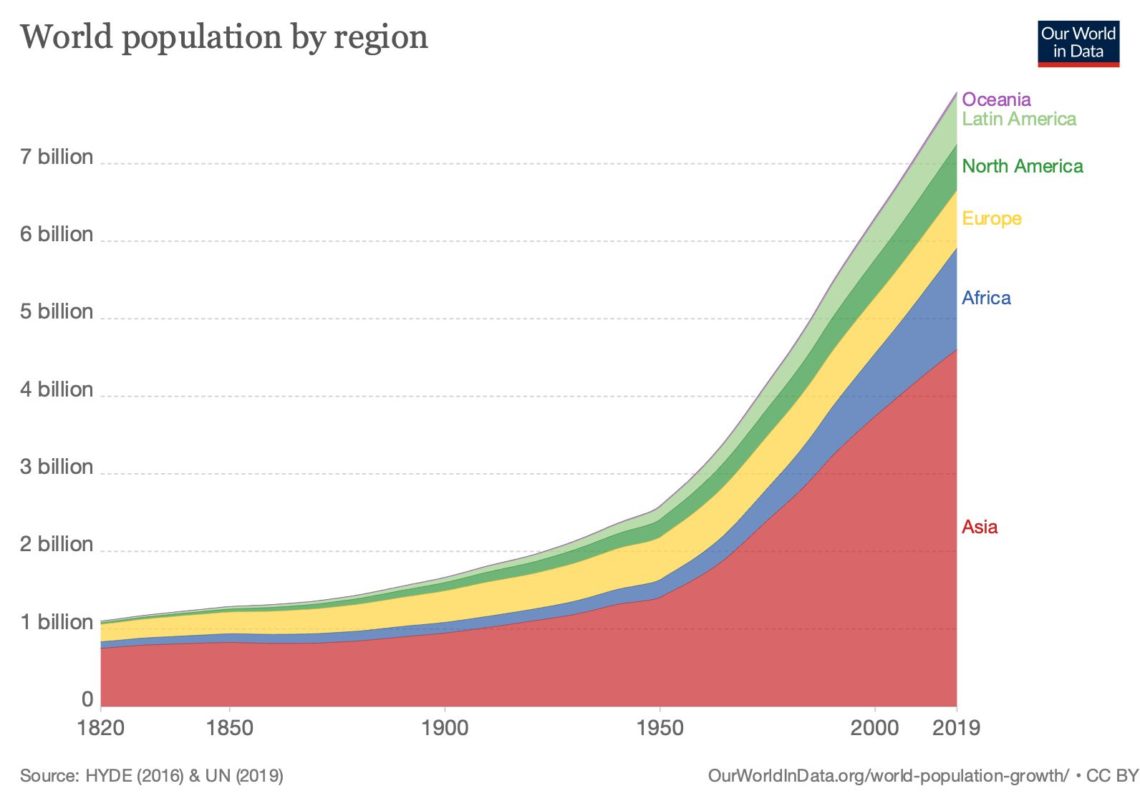
Financial sustainability
The approaches for improved environmental sustainability and the recognition of the underlying macro perspectives for human and social sustainability are parameters that need to be considered holistically and financially.
Sustainability is often perceived as an environmental imperative that comes with significant economic costs, but this is often the cost of the approach and not of sustainability itself.
Sustainability must make economic sense. Otherwise, it will not be comprehensively achieved.
Some sustainability initiatives can increase capital costs and over time be returned through operational savings. However, very often, sustainability does not increase upfront capital costs at all. What is required are holistic reviews. Escaping Business as Usual (BaU) is not only the pathway to improved sustainability, but also the highway for achieving financial efficiencies.
Progress is in our hands
Very often, developers, designers, financiers, and contractors are very surprised at the economic benefits that occur through holistic reviews. The attainment of sustainability also results in highly significant economic benefits – both upfront capital savings and reduced operational expenditures.
The PropertyGuru Asia Real Estate Summit in 2020 explored our industry and the four pillars of sustainability to establish where we are succeeding and where we are failing. We know enough facts and we know enough science. The last three decades of sustainability focus have resulted in extensive expertise. We urgently need comprehensive and holistic actions.
We are proud to be joined by so many championing sustainability – its progress is in our hands.
About Stephen Oehme
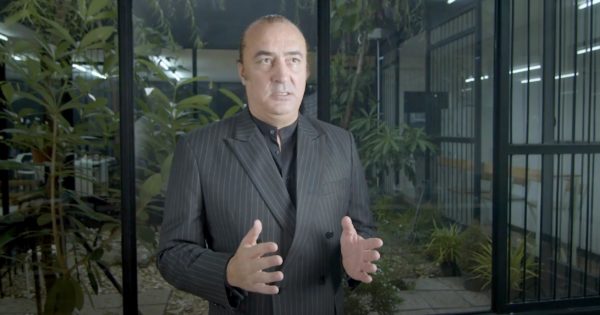
Stephen Oehme has been involved with some of the most challenging real estate projects in the world. He has specialised in value management for nearly 20 years and for 10 years was based in Dubai. Stephen is now the managing director of Quantum Thailand and continues to consult regionally and globally. Stephen is the chairperson of the PropertyGuru Asia Real Estate Summit in 2020 and in 2021.
He has been involved in a diverse range of international projects including board member for the Burj Khalifa Dubai (the world’s tallest building), advocate and SEA Project Director for MASDAR Abu Dhabi (targeted to be one of the world’s most sustainable communities) as well as numerous masterplan and infrastructure projects (up to 9 million square meters), numerous tall towers, sporting venues (up to 100,000 seat capacity), extensive retail, commercial, mixed-use and hospitality projects including Start-Up Project Director for Lusail Twin Towers, Doha, value management consultant for Raffles Hotel Singapore (which re-opened in 2019). Stephen has been involved during project initiation (pre-design), design and construction phases of projects as well as operational assessments and enhancements to achieve maximum value outcomes.
Stephen is also a strong advocate for sustainability. He has been involved with the support and development of green building rating tools, their application into projects internationally, the formation and development of green building councils in many countries. He was the chairman of Green Build Asia for many years (Hong Kong, Singapore & Shanghai), gave the sustainability address at the RIBA London Annual Dinner, provided leadership to many other forums and workshops worldwide including Chairman of the GCC Labour Summit, Affordable Housing Summit Oman et al, represented the UAE for many years on the Ford Conservation and Environmental Grants programme and many other initiatives and projects where he has championed and helped achieve outcomes across the financial, environmental, social and human pillars of sustainability.
The original version of this article appeared in Volume 1 of the PropertyGuru Asia Real Estate Summit (ARES) Digital White Paper. Write to our editors at [email protected].
Recommended
Balancing growth and sustainability in Malaysia’s property market
The nation’s property market is stirring to life, fuelled by foreign buyers and major infrastructure drives
ARES White Paper Volume 3: The era of adaptive reinvention
Pioneering sustainable and innovative practices in urban development
ARES White Paper Volume 2: Unravelling the power of data revolution in real estate
Insights on proptech, smart cities, and sustainable development
ARES Digital White Paper Volume 1: The fundamentals of responsible building
Green and climate heroes join forces to discuss how Asia Pacific can weather the current environmental crises and the looming effects of climate change






